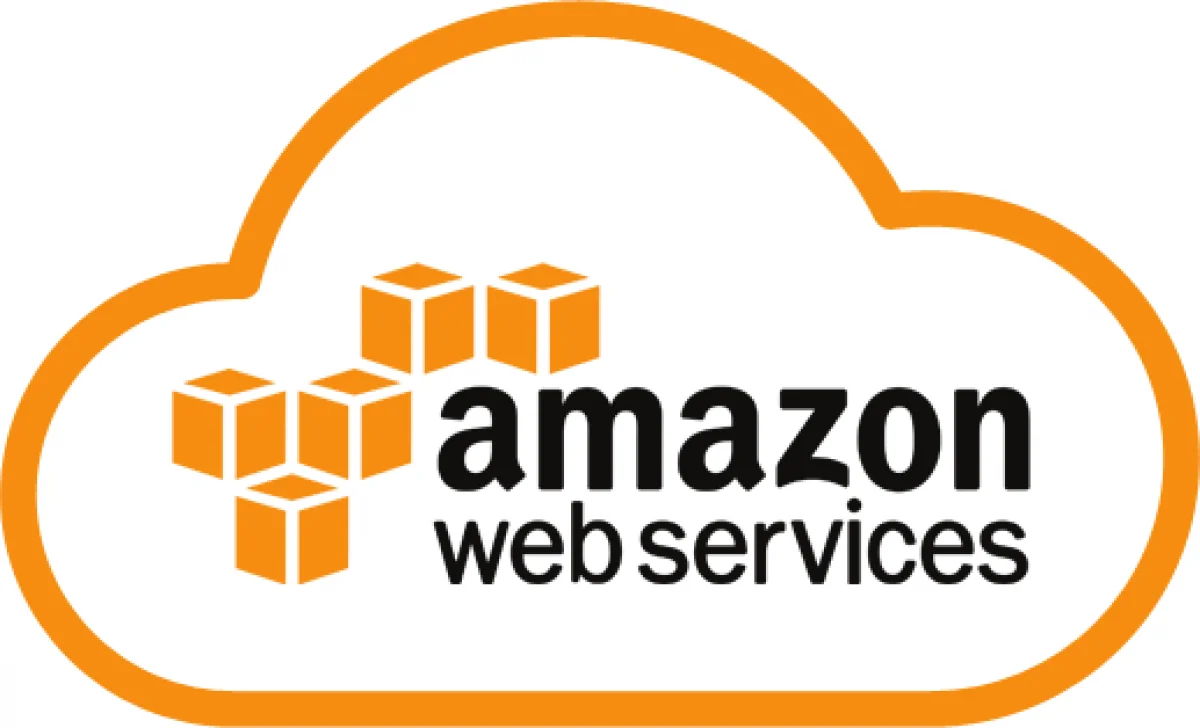Follow on:

Our team of experts offers comprehensive guidance, support, and monitoring for your cloud-based project using AWS services. We ensure compatibility, security, and swift response times, among other aspects, to guarantee the success of your project when you choose our services


At TEC101, we specialize in leveraging Amazon Web Services for seamless deployment, maintenance, monitoring, and operation of applications in the cloud. The cloud environment provides flexibility for organizations, allowing them to access applications at their convenience, from any location. Our team collaborates closely with clients, conducting assessments and recommending optimal packages tailored to foster their growth. With a well-defined maturity model, we are uniquely positioned to elevate your business to the cloud, ensuring a smooth and strategic transition
Amazon Web Services (AWS) is designed to be used by a wide range of individuals, businesses, and organizations, including:
Startups: AWS provides a scalable and cost-effective platform for startups to build, deploy, and scale their applications. The pay-as-you-go model allows startups to access advanced infrastructure without the need for significant upfront investments.
Enterprises: Large enterprises leverage AWS to run critical workloads, enhance their digital transformation initiatives, and take advantage of a broad set of services for computing, storage, machine learning, analytics, and more.
Developers: Individual developers or development teams use AWS to build and deploy applications quickly and efficiently. AWS offers a variety of tools and services to streamline the development process, including integrated development environments (IDEs) and continuous integration/continuous delivery (CI/CD) pipelines.
Small and Medium-sized Businesses (SMBs): AWS provides SMBs with access to enterprise-level infrastructure without the need for large capital expenditures. It enables them to scale resources up or down based on demand.
Government Organizations: AWS has specific offerings and compliance measures to meet the security and regulatory requirements of government agencies at various levels. This includes solutions for federal, state, and local government bodies.
Nonprofits and Education: Nonprofit organizations and educational institutions can benefit from AWS by accessing cloud services to support their missions, conduct research, and enhance learning experiences.
IoT (Internet of Things) Developers: AWS provides a set of services tailored for IoT applications, allowing developers to build, deploy, and manage IoT devices and applications at scale.
Data Scientists: AWS offers a range of tools and services for data storage, processing, analytics, and machine learning. Data scientists can leverage these resources to analyze large datasets and build machine learning models.
Content Providers: Media and entertainment companies use AWS for content storage, processing, and delivery. AWS provides scalable solutions for streaming, transcoding, and content distribution.
E-commerce Businesses: Online retailers use AWS to handle spikes in traffic during peak periods, ensure the reliability of their websites, and manage databases for transactions.
Amazon Web Services (AWS) stands out as a leading cloud service provider due to its extensive global reach, comprehensive service offering across various domains, market leadership, and maturity since its inception in 2006. AWS is known for continuous innovation, providing flexibility, scalability, and a commitment to security and compliance standards. The platform’s hybrid cloud capabilities, cost management options, strong developer tools, and vast ecosystem contribute to its popularity. While the choice of a cloud service provider ultimately depends on specific needs and preferences, AWS’s robust infrastructure and continual advancements make it a preferred choice for many businesses and developers.
Companies choose Amazon Web Services (AWS) for its widespread adoption and reputation as a reliable, scalable, and feature-rich cloud platform. AWS offers a vast array of services, spanning computing power, storage, databases, machine learning, analytics, and more. Its global infrastructure ensures low-latency access to resources, while its continuous innovation and commitment to security make it suitable for diverse industries. The pay-as-you-go pricing model provides cost flexibility, and the robust ecosystem of partners and developer tools further enhances its appeal. With a mature and well-established presence in the cloud computing market, AWS enables businesses to leverage cutting-edge technologies, achieve operational efficiency, and easily adapt to dynamic market demands.
Determining the best components of an AWS architecture can depend on the specific requirements of a given application or system. However, in a general sense, here are five fundamental AWS components commonly used in architectures:
Amazon EC2 (Elastic Compute Cloud):
Amazon S3 (Simple Storage Service):
Amazon RDS (Relational Database Service):
Amazon VPC (Virtual Private Cloud):
AWS Lambda:
These components represent a basic foundation for many AWS architectures, but it’s important to note that the best components will vary based on specific use cases and application requirements. Other critical components often include Amazon DynamoDB for NoSQL databases, Amazon CloudWatch for monitoring, and Amazon API Gateway for creating and managing APIs. The choice of components depends on factors like scalability needs, performance requirements, data storage preferences, and the overall architecture goals.